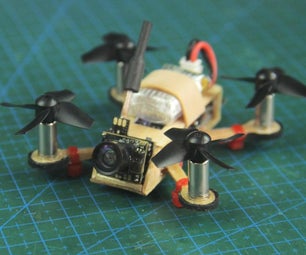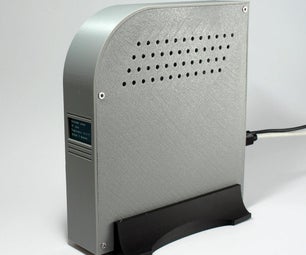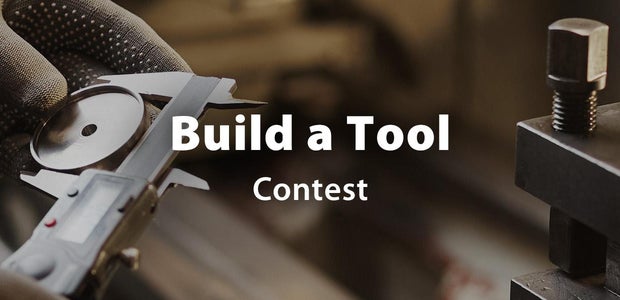Introduction: USB Charging Station for Multiple Devices
Ever had a situation where
1) You come home and all your devices are running out of juice?
You gotta charge them all but you only have THAT many USB ports on your PC, and you need them freed up for other purpose.
2) You have sooo many cables connected to your power plugs, and your desktop is in a mess with all the USB cables and devices.
--------------------------------------------------------------------------------------------------------------------------
I have came across similar ready made products in the market but they are very expensive (about 89.95USD). My setup costs only 20 Singapore Dollars =)
The good thing about my DIY project is, I will be reusing my USB cables that came with my devices, and I can charge anything that comes with its own USB cable.
Step 1: Materials That You Need
You will need
1 x plastic tupperware box
1 x pen knife
1 x scissors
1 x USB Hub with external power supply
1 x non-slip mat
1 x power drill
Step 2: Choice of Tupperware
When buying or reusing a tupperware box, choose one that is
1) Deep enough to hold your cable slack and USB hub
2) has a cover that is soft, for easy cutting and eventually a little bit of bending
Step 3: Cut an Opening in the Lid
** Always be careful when using sharp objects and tools.
Use your pen knife and cut around the parameters of the lid.
Do this for only half of the parameters.
Step 4: Drill a Hole for the Power Cable
**Always be careful when using drilling tools.
**Ask for assistance from an experienced user.
Using a drill to make a hole at the side wall of the tupperware box.
This hole is made for the power cable to supply power to the USB hub.
Step 5: Cut a Non-slip Mat for the Cover
Using a stencil, cut out a piece of non-slip mat sized right for the cover.
This non-slip mat will hold your devices and prevent them from slipping down the open 'crack'. It also makes the charging station looks nicer.
Step 6: Cable Everything Up and You Are Done!
Cable your USB Hub to your power.
Cable your USB charging cables to the USB Hub.
Put all the cable slacks in the box, and pull the receiving end up from the opening you made on the lid.
And you are done!









